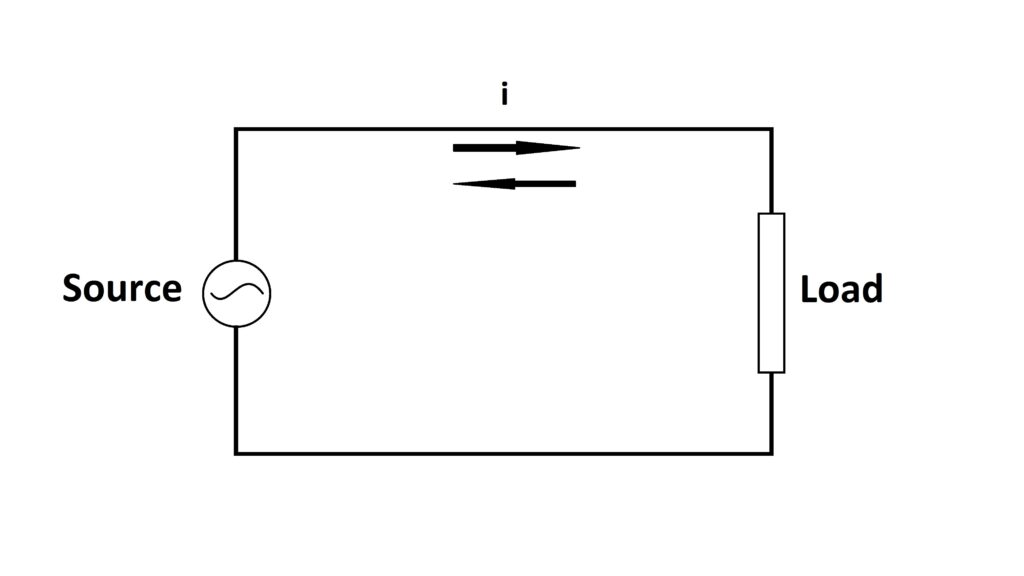Let’s see what is power factor penalty? And how important reactive power is?
Power factor is a ratio of active power to apparent power.

Now, if we look at our household electricity bill, we notice that units are measured in watts. Which is active power. And we are charged for active power only.
Whereas in the case of commercial or industrial load, there is a penalty for low power factor and incentive for maintaining unity power factor.

So why power factor is considered in the case of industrial and commercial billing, whereas neglected in the case of residential billing. As we know household electricity load such as geysers, refrigerators, fans, lights, TV, etc. mainly consumes active power, reactive power used is negligible in this case. Hence power factor is not affected much.
Whereas in the case of industrial or commercial load, active power is consumed along with a significant amount of reactive power. As we know reactive power flows back and forth between source and load. It is not consumed like active power.

But reactive power is equally important for industrial loads such as motors, power transformers, etc. As we know reactive power is due to the inductive and capacitive property of load. That means mutual induction in power transformer and rotational magnetic field in induction motor is due to reactive power. Hence reactive power is equally important. Due to this inductive and capacitive load, the power factor at the industrial end gets affected significantly. Hence power factor penalty is levied on industrial and commercial loads.
Now why this power factor penalty is levied?
As we have seen, reactive power flows back and forth between source and load. It is not consumed at the load end like active power. So why industries are charged for low power factor, which is the effect of high reactive power. Industries have high inductive loads such as motors, transformers, etc. This high inductive load causes a voltage to drop. Which in turn causes a high current to flow in transmission and distribution lines, in order to meet the load demand. This causes high transmission and distribution losses. Power loss is proportional to the square of the current. Hence increase in current value causes high power loss.
Also, high inductive power causes voltage drop and high capacitive power causes voltage rise. This leads to voltage variations which in turn makes it difficult to maintain grid stability. Power grid stability depends upon voltage stability. Hence it is desired to maintain the power factor close to unity. That’s why there is a penalty for a low power factor and an incentive for maintaining a unity power factor.